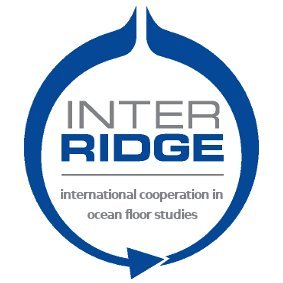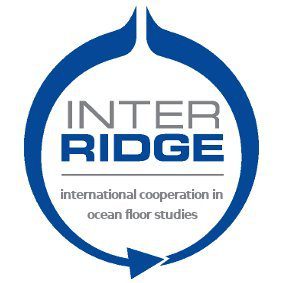InterRidge 2021 Webinar #1
Early Arc Magmatism – Progress and Perspectives by Prof. Richard Arculus (07:00 am GMT, 23rd September, 2021)
Summary
Two topics will be addressed in this webinar: 1. Characteristics and petrogenesis of magmas developed in the early Izu-Bonin arc. In 2014, a trio of IODP expeditions recovered extensive cores from diverse tectonic settings in the Izu-Bonin (IB) arc system, guided by a wealth of prior geological, geophysical, geochemical, and tectonic studies. Exploration of subduction inception and early arc magmatism were among the prime targets of the IODP Science Plan (http://www.iodp.org/about-iodp/iodp-science-plan-2013-2023), and specifically targeted by expeditions 351 and 352 in the IB system (see Arculus et al. (2019) doi.org/10.5670/oceanog.2019.140, for review). The low-K-Ti tholeiitic basalt and compositionally diverse boninite compositions accompanying seafloor spreading during the early development of the nascent convergent plate margin have attracted particular attention. Petrogenesis of the basalts involved highly refractory, extremely prior melt-depleted mantle sources. The processes driving transition firstly to boninite and then focussed magmatism along a “volcanic front” remain poorly understood. 2. The diversity of spreading, rifting and magmatism north of the Fiji islands between the North Fiji and Lau basins, has attracted attention in the past few years (e.g., Price et al. (2017) doi:10.1002/2016GC006651; Jeanvoine et al. (2021) doi.org/10.1093/petrology/egab039). Diverse mantle sources, variable subduction inputs, ingress of plumes and complex differentiation patterns exist. The discriminative usefulness will be emphasised of H. O’Neill’s 2016 paper quantifying the smoothness and shapes of chondrite-normalised rare earth element abundances, in the variety of magmas discussed under both topics ( doi.org/10.1093/petrology/egw047).
Main points
- Ultra-refractory mantle sources lacking archetypal subduction inputs, were partially melted during the early stages of Izu-Bonin convergent margin development; such sources do not seem to be required for establishment of subduction zones.
- Transition from a dispersed extensional regime to a focussed, trench-parallel chain of stratovolcanoes occurred within a few million years of subduction initiation.
- Pre-IB upper mantle heterogeneity is manifest in earliest IB magmatic compositions.
Brief information about Prof. Richard J. Arculus: Main career and academic interest
Richard J. Arculus graduated with a PhD in 1973 from the University of Durham, focussed on the island of Grenada (Lesser Antilles island arc). He held a post-doctoral fellowship at the Geophysical Laboratory of the Carnegie Institution of Washington, followed by an Assistant Professorship at Rice University in Houston. He migrated to Australia and a Research Fellowship at the Research School of Earth Sciences of the Australian National University (ANU) in 1977. This was followed by positions at the University of Michigan and the University of New England before returning to the ANU in 1994, where he is now Professor Emeritus. He has explored the subaerial and submarine realms of convergent margin magmatism in the western Pacific over the past 40 years. He was a shipboard scientist on ODP Leg 125 and co-chief scientist on IODP Expedition 351, exploring the roots of the Izu-Bonin arc. His main research has focused on island arc and backarc magmatism, evolution of the continental crust and crust-mantle recycling.

